So reader Serg asked in my fake Dayi post if it’s worth it to navigate through the sea of offerings on something like Taobao looking for real Dayi or Xiaguan teas. There are actually two parts to this question – the first is if it’s worth it to navigate it through the sea of fakes, and the second is if something like Dayi or Xiaguan is inherently worth it.
First of all, buying teas off Taobao, especially if you have to go through an agent who then re-ships it to you, carries an inherent risk. What is sold is not necessarily what you see on the page, and if you go through an agent there’s no real recourse. I can at least talk to the sellers myself and get refunds, maybe (usually not) but with an agent it’s definitely impossible. Basically, if a tea normally sells for 1000, and you find it for 900, you really have no way to tell if the tea is being sold a little lower because the seller wants to get rid of it, or if it’s a fake that wants your attention. As I mentioned in my fake Dayi post, on the product page you have no real way of telling if the cake is real or not. I knew it’s fake because the price was obviously too low to be true, but it’s not going to be obvious if the price is about right.
The only way around it is this: buy from the official stores. For Dayi, you can visit the Dayi tmall store (tmall is the more respective division of Taobao). For Xiaguan I believe it’s here. They’re not going to be a deal, or have older teas, but at least you’ll know you’re not getting fakes. In short, no, don’t bother buying from random sellers on Taobao unless you’ve gambled and bought stuff from them that’s real (assuming you have a decent idea what real tastes like) and you are willing to spend that money that may end up with fakes.
The more important question is: are these teas worth it in general?
Well, I think this question is harder to answer. I generally think less of Xiaguan teas, so let’s focus on Dayi. The thing with Dayi is there are different kinds of Dayi products. There are the cooked puerh – which I will absolutely endorse so long as they’re not the special, limited production stuff that cost an arm and a leg. The regular stuff that they put out, like 7452, are quite decent and taste better than most cooked puerh out there. If you are into that sort of thing, buy them.
Now, for raw puerh, there are also the regular productions and the special ones. The ones that generate buzz these days are the special productions. Usually they give a reason to come out with them – a special event, an anniversary, or whatever. It doesn’t really matter. What matters is that they are producing teas that are usually one-off, and are usually limited in quantity. This has a few effects. People who buy up a lot of these early on can quite easily scoop up enough and control some portion of the market. They are easily identifiable, and so easy for consumers to notice. I think much of the reason for pumping out these special editions is to drive up market demand. If it’s just the same 7542 every year, there’s no reason for people to plump down money to buy them. Getting out these special blends that are a bit different every year will ensure that people who already have too much tea are going to keep buying – many are just stamp collectors who buy because they want some of everything, not necessarily because they want to drink them.
In the aged market, things are a bit trickier. Before about year 2000 things were simpler, there weren’t as many special pressings and what not, and teas are generally identifiable by recipe number and maybe a vague year range. That market is probably not what Serg was asking about, because the prices for those cakes are high. For the later stuff, starting especially around 2002 or 2003, you see a lot of these newer pressings that are one off. There are the hyped up stuff – Green Big Tree, Gold and Silver Dayi from 2003, etc, that are quite expensive now. There are also the less celebrated ones – teas that nobody bothered to hype. Those can still be pretty reasonable.
Why do people buy Dayi though? Well, I think there are a few reasons. First of all – if you buy something that you’d like to, maybe, resell one day, Dayi is probably better than anyone else, because there’s always a secondary market for it. A lot of people buy a lot of tea that they will never finish drinking. If you buy a private label whatever, chances are you can’t sell it off at a price that means much of an appreciation, if at all. On the other hand, if you have a whole jian of some Dayi tea from 2009, chances are you are sitting on some paper profits there. It’s just a matter of market forces.
The other thing is among all the brands, Dayi has one of the longest track records for producing tea. This is of course mostly due to history – there were only three factories making puerh back in the day, and Dayi is the one that has made the most out of it, with Kunming having died and Xiaguan generally producing teas that don’t age as well. So, in that sense, buying Dayi is the safe choice – it will age fine, into whatever Dayis tend to age into. You will probably be sitting on tea that will be decent in ten, fifteen, twenty years. It’s not going to be that ancient tree, single mountain stuff that commands top dollar these days, but that’s not why you buy Dayi. Also, there’s definitely something to be said about blends – they are more interesting and more complex. I have had many aged (now ten years or more) single estate teas that can be pretty boring and flat because it’s so one-note. Dayi will help you avoid that problem.
Ultimately, the question of whether something is worth it or not is really quite subjective – some people think it’s totally worth it to shell out thousands of dollars on a bottle of wine. Others will cringe at the idea of spending more than $20 on a bottle. It’s the same with tea. Without knowing how much money is worth it to you, and how much you value certain attributes for a tea, it’s impossible to say if something is worth it. With Dayi, you pay for a brand premium (which, of course, translates into that reselling premium). You pay for some certainty with aging characteristics. You pay for some certainty in reliability. Whether any of those are worth it… is really up to you.

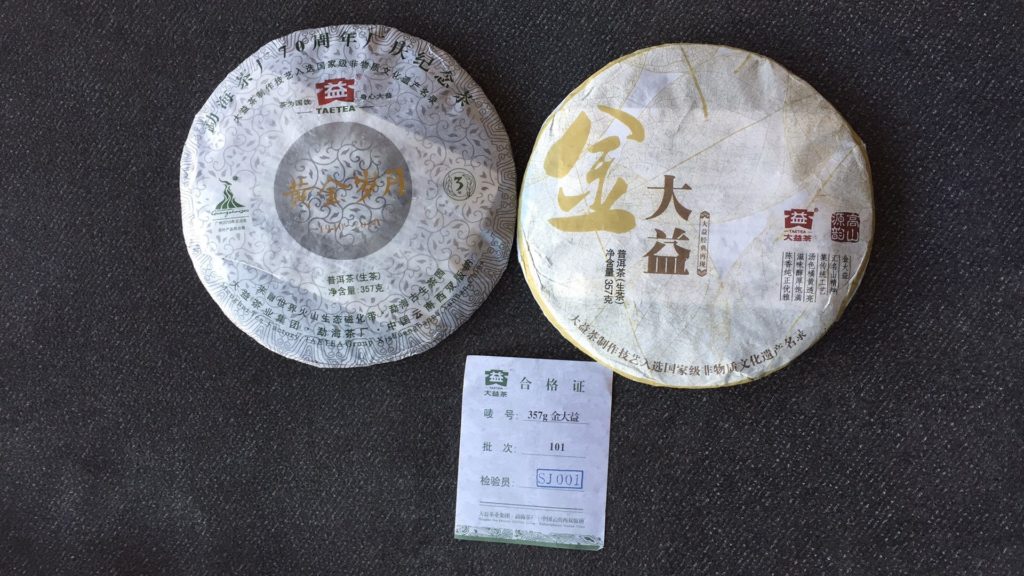
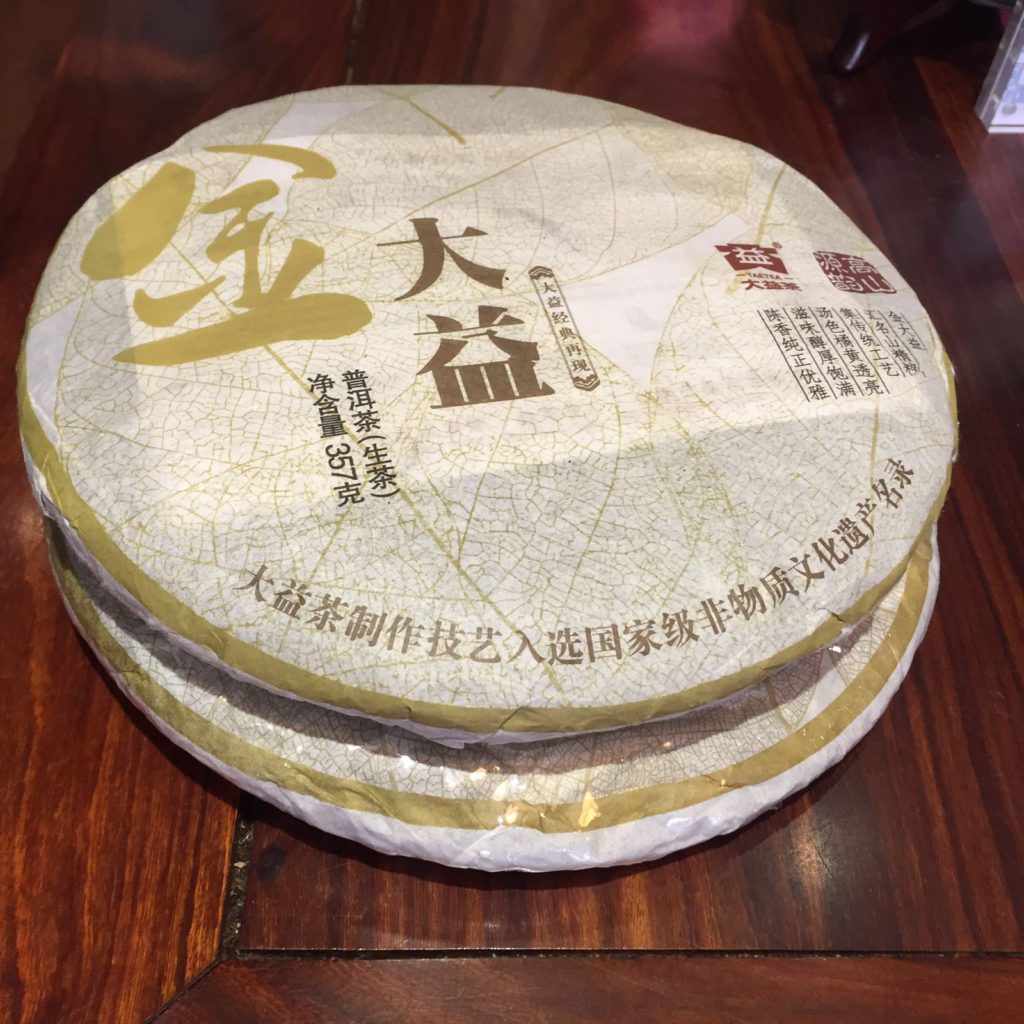
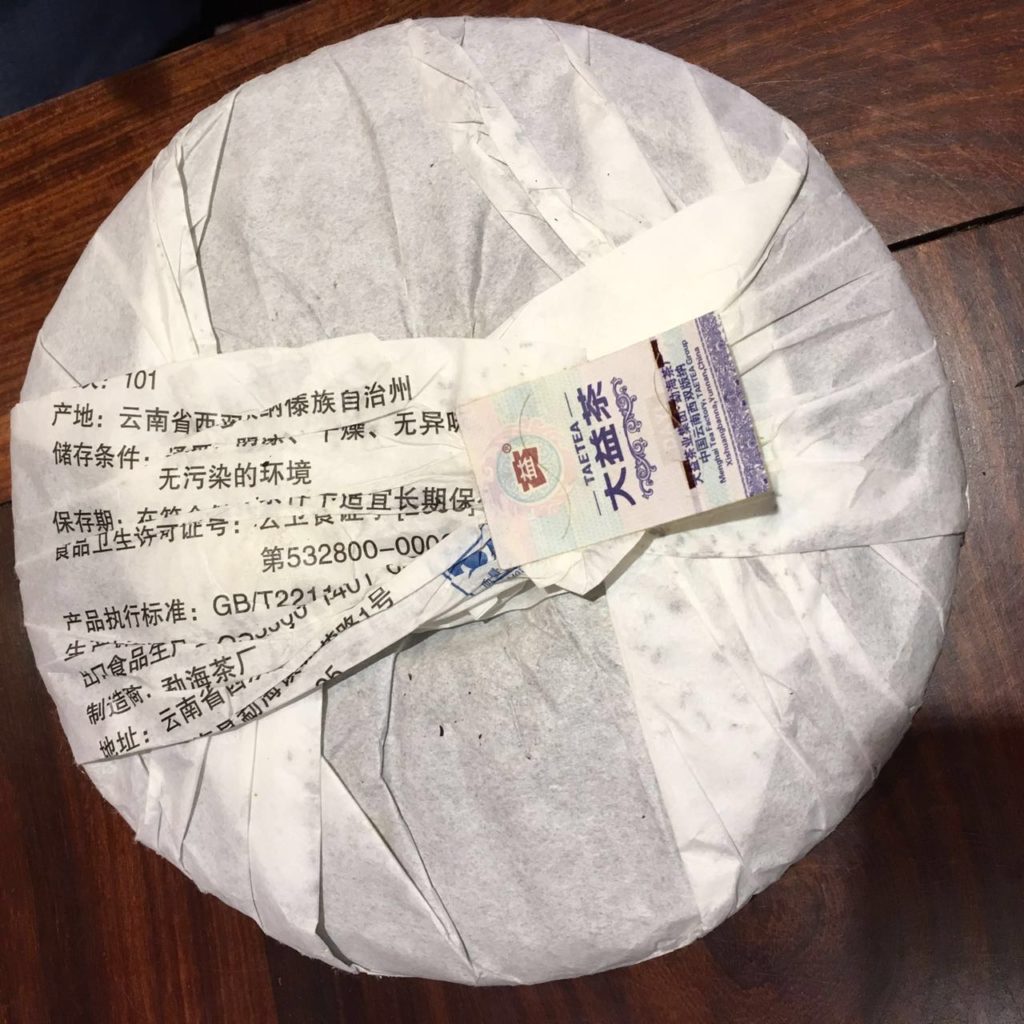

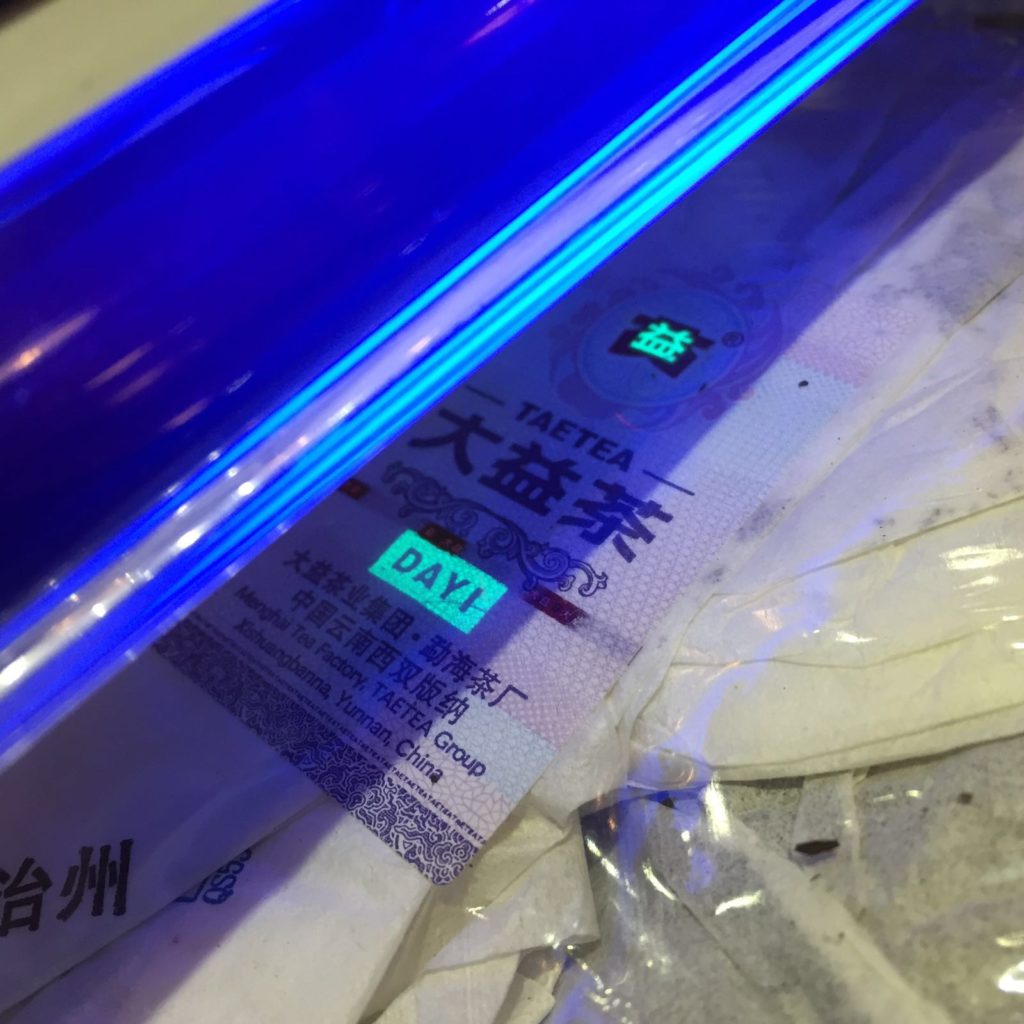
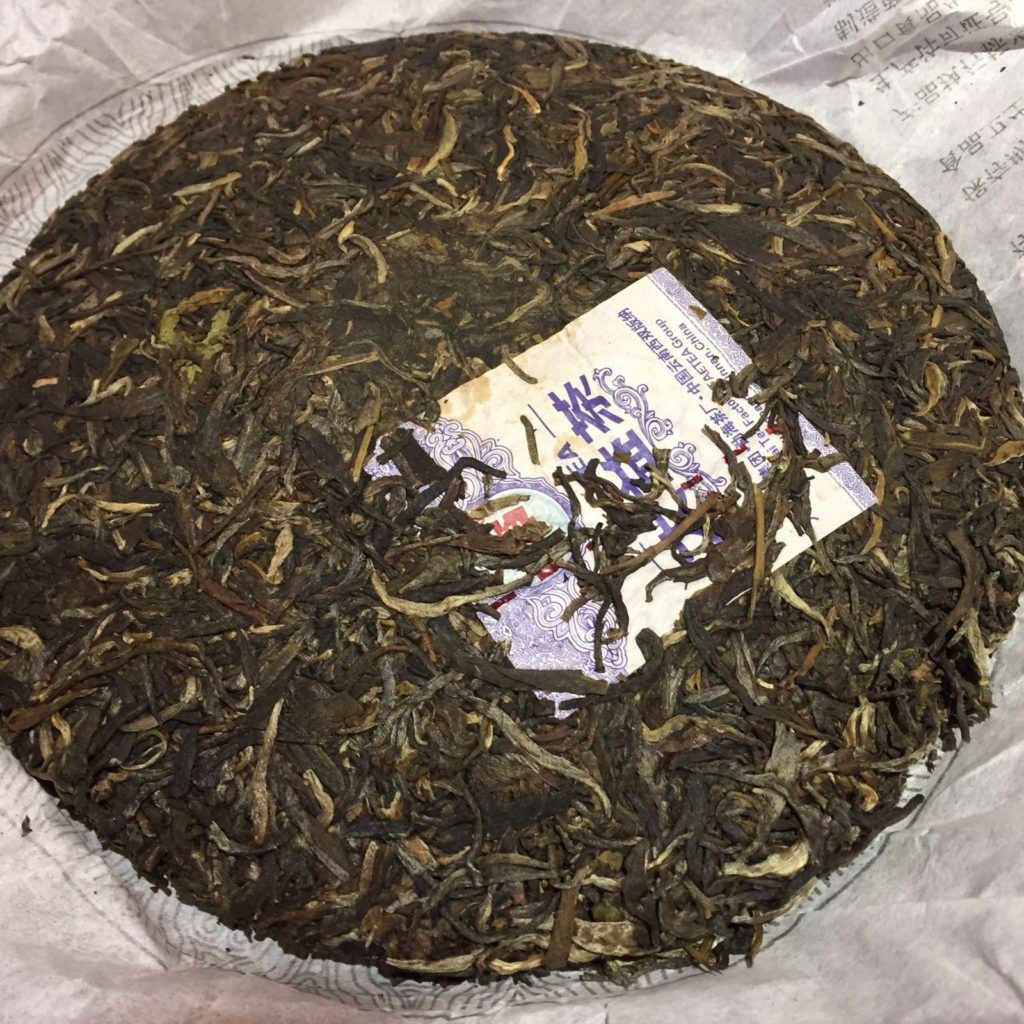

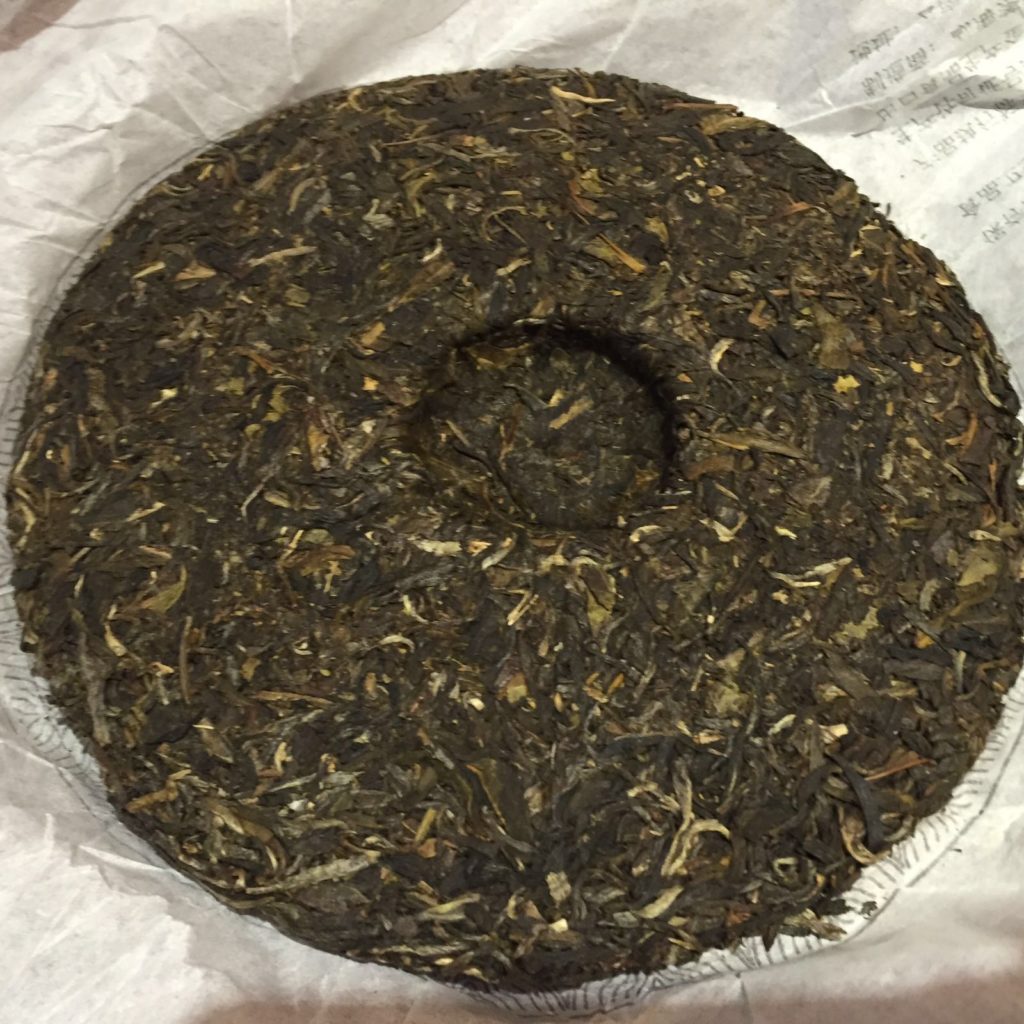

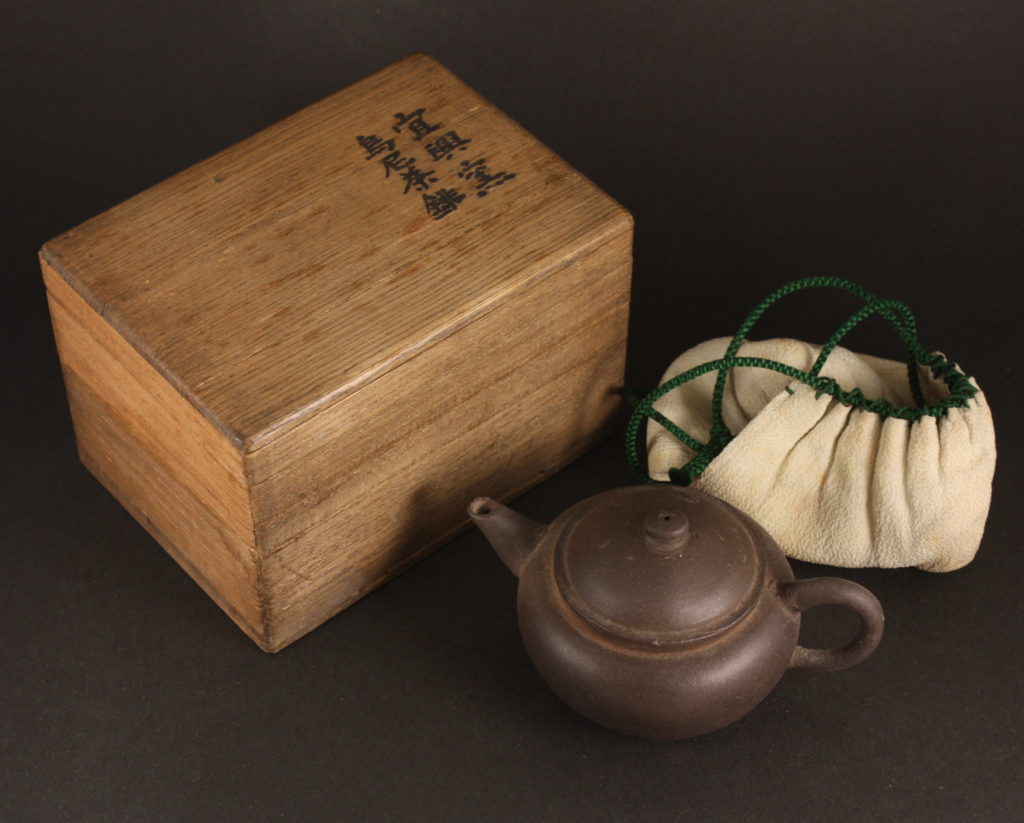
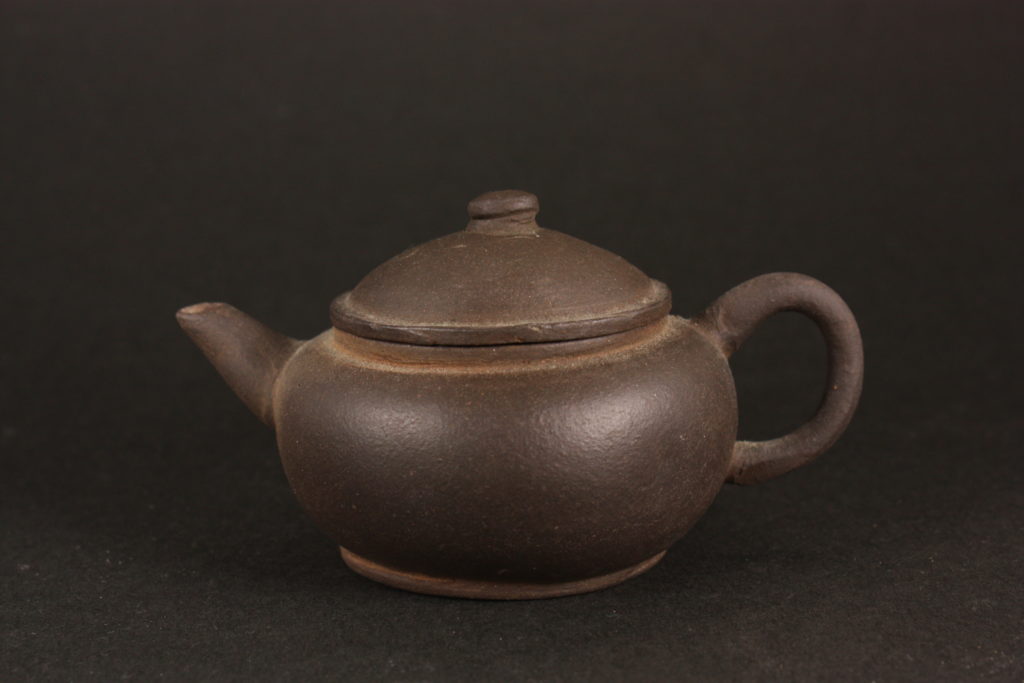
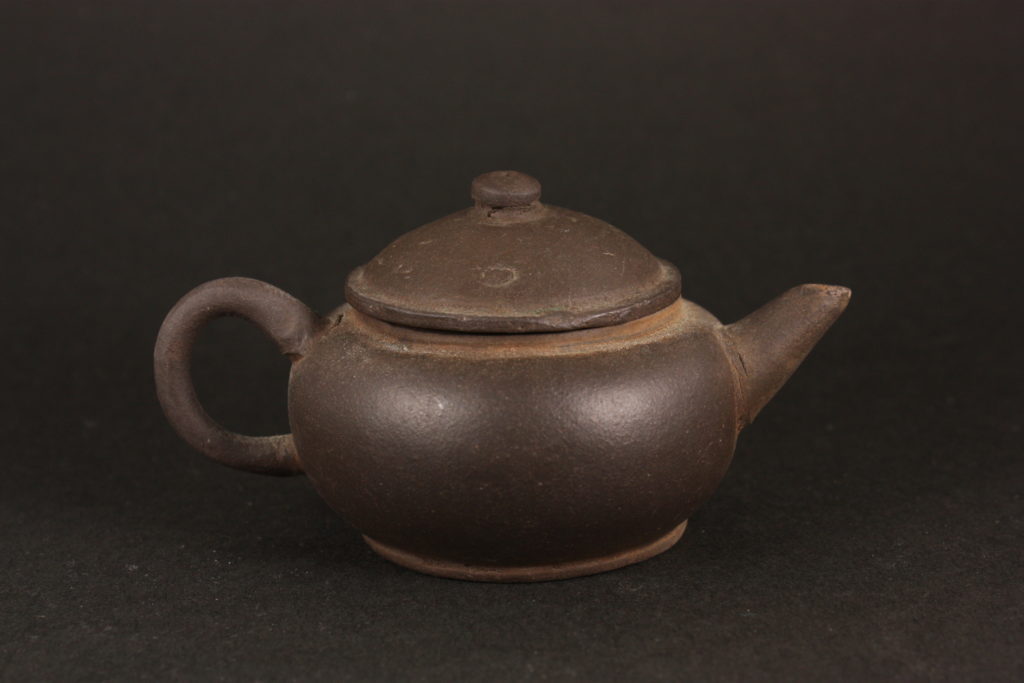
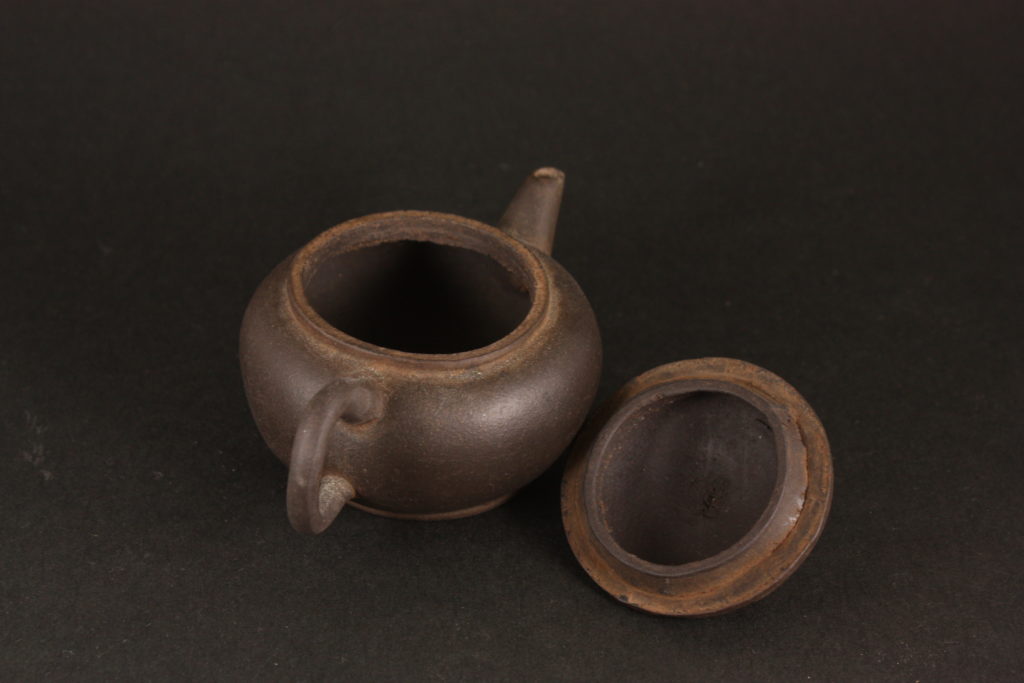





Yeah water is really something people don't talk enough about. You sort of settle into your routine and don't think…